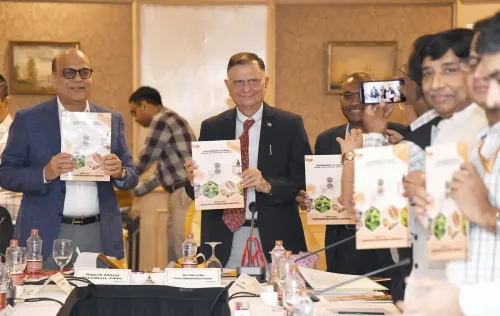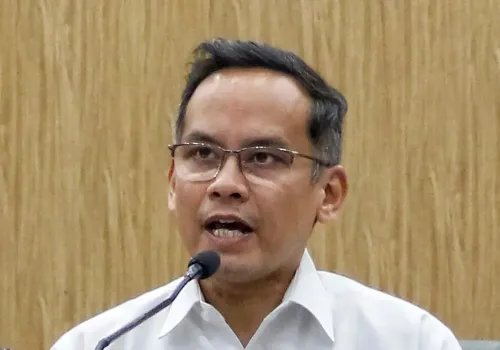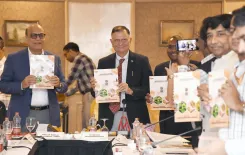Is India's Export Growth in H1 FY26 a Sign of Resilience and Competitiveness?

Synopsis
Key Takeaways
- India's merchandise exports rose by 6.74% in September 2025.
- Merchandise imports increased by 16.6%, resulting in a trade deficit.
- The services sector remains resilient and stable.
- Emphasis on domestic manufacturing capabilities is crucial.
- Support for high-value sectors is essential for job creation.
New Delhi, Oct 15 (NationPress) The persistent growth in India’s merchandise and total exports for September 2025 and H1 FY26 illustrates the resilience, adaptability, and competitiveness of Indian exporters as they navigate a challenging global environment, according to the Federation of Indian Export Organisations.
The industry body praised the export growth, highlighting that India’s export sector has demonstrated impressive strength and consistency even amid ongoing geopolitical tensions, high-interest rates, and slow demand from major economies.
Official trade statistics reveal that merchandise exports in September 2025 increased by 6.74% to $36.38 billion from $34.08 billion in the same month last year.
Merchandise imports rose by 16.6% to $68.53 billion, resulting in a trade deficit of $32.1 billion for the month, indicating strong domestic demand and robust manufacturing activity, partly driven by elevated commodity prices and rising input costs, stated FIEO President S.C. Ralhan.
In September 2025, total exports of goods and services amounted to $67.20 billion, up from $66.68 billion in 2024, while imports increased to $83.82 billion from $75.28 billion. This led to a monthly trade deficit of $16.61 billion. Despite the trade deficit being a concern, the FIEO noted that the services sector remains resilient and stable.
The rise in imports necessitates renewed efforts to enhance domestic manufacturing capabilities in essential sectors such as electronics, machinery, and intermediate goods, Ralhan emphasized.
The FIEO called on the government to implement bold measures for import substitution by promoting local production and increasing global competitiveness through innovation and scale.
Ralhan advocated for policy initiatives to boost domestic manufacturing in critical sectors, ease access to export credit at competitive rates for MSMEs, lower logistics and compliance costs through improved infrastructure, and expedite FTAs with the EU, UK, Latin America, and the GCC.
He also highlighted the need for support in high-value sectors like electronics, green technology, and processed food, which present significant opportunities for long-term value creation and job growth.







